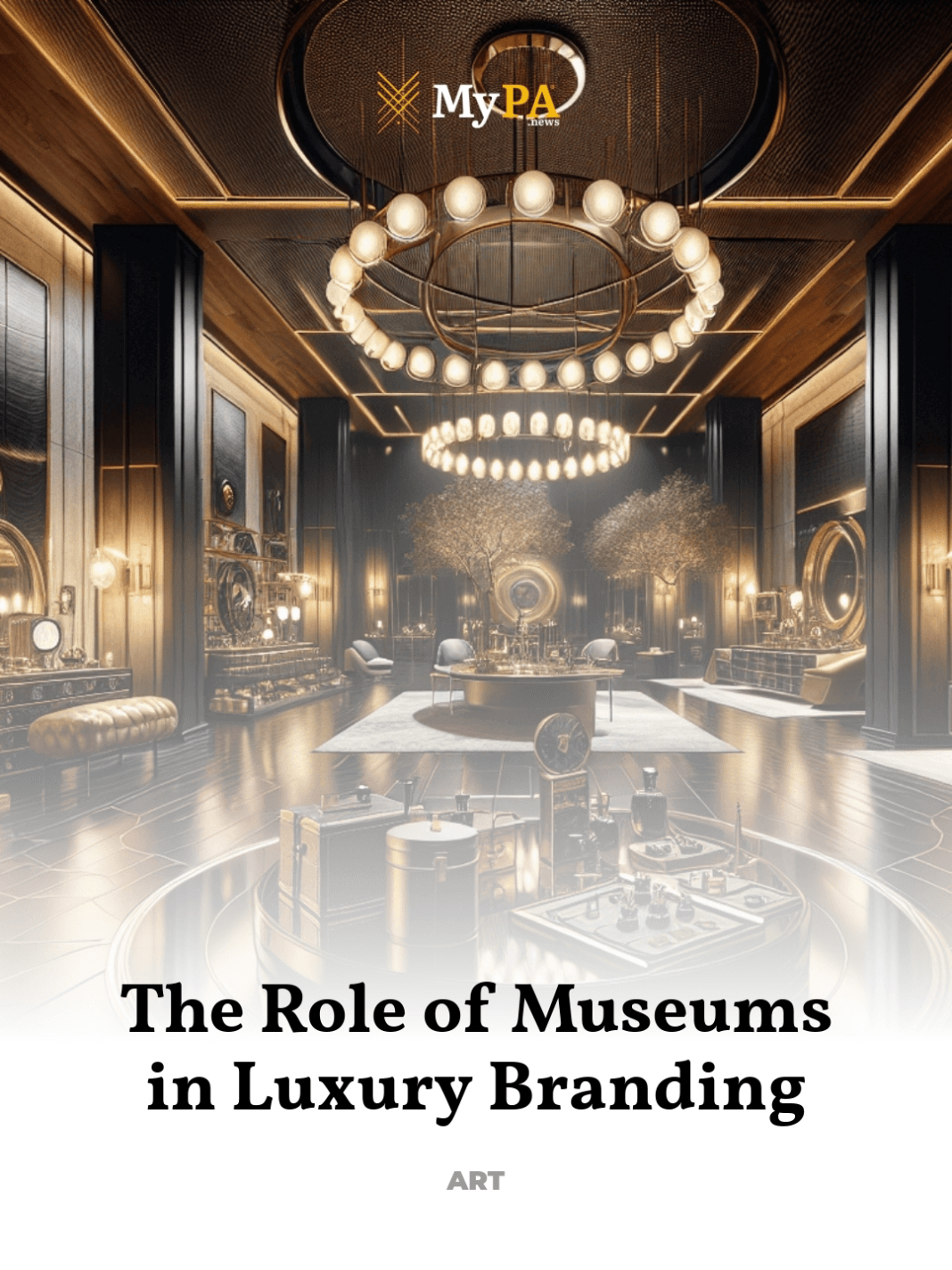Why high-end brands partner with art institutions to elevate their status
The intersection of high-end luxury brands and prestigious art institutions represents a fascinating evolution in branding. This strategic partnership goes beyond mere marketing, embedding brands within the rich tapestry of culture and art, thereby enhancing their allure and value in the eyes of consumers who cherish heritage and exclusivity.
- Historical Context: The Evolution of Luxury Branding
- Case Studies: Iconic Collaborations Between Brands and Museums
- Consumer Perception: How Museum Associations Affect Brand Image
- Future Trends: The Continuing Convergence of Art and Luxury
- Cultural Impact: Beyond Branding—Art and Identity
Historical Context: The Evolution of Luxury Branding
Luxury brands have long been symbols of status, quality, and exclusivity. However, the digital age and global market expansion have necessitated a more nuanced approach to luxury branding. Art institutions, with their storied histories and cultural significance, offer a unique platform for brands to enhance their prestige and connect with audiences on a deeper level.
Historically, luxury was about craftsmanship and the timelessness of the products. Today, it also involves creating an experience that resonates on an emotional level. Museums, guardians of human creativity and history, provide a context-rich venue for brands to craft these experiences and tell their stories in a compelling way.
Enhancing Brand Narrative through Historical Association
By associating with museums, luxury brands tap into a narrative of cultural richness and artistic excellence. For instance, when a high-end fashion brand sponsors an exhibition of a renowned artist, it aligns itself with the artist’s creative genius and legacy, thereby elevating its own brand narrative.
Case Studies: Iconic Collaborations Between Brands and Museums
Several luxury brands have successfully leveraged museum collaborations to enhance their branding. These partnerships vary from sponsorships and exclusive events to launching special edition products that reflect the thematic elements of museum exhibits.
- Louis Vuitton and the Louvre: Louis Vuitton has been known for its art-inspired collections and has collaborated with the Louvre on several occasions. These collaborations help reinforce the brand’s narrative of luxury and fine art.
- Rolex and The British Museum: Rolex’s partnership with The British Museum enhances its image as a timeless luxury watchmaker, aligning its brand with the historical and cultural weight of one of the world’s most famous museums.
- Cartier and the Metropolitan Museum of Art: Cartier’s exhibition at the Met showcased the brand’s history and its role within the broader context of art and fashion, effectively narrating its legacy through a curated cultural lens.
These case studies illustrate how luxury brands use museum collaborations not just for visibility, but to enrich their brand story and connect with their audience on a cultural and intellectual level.
Consumer Perception: How Museum Associations Affect Brand Image
The partnership between luxury brands and museums significantly impacts consumer perception. This relationship imbues the brand with a sense of authority and authenticity that is often unachievable through traditional marketing strategies.
Building Cultural Capital
Engagement with art and culture provides brands with what is often referred to as ‘cultural capital’, a valuable asset in the luxury market. This capital is a marker of distinction that attracts a clientele that values both aesthetic and cultural depth in their purchases.
Future Trends: The Continuing Convergence of Art and Luxury
The trend of integrating art with luxury branding is set to grow as consumers increasingly seek products that offer not only high quality but also cultural significance. As digital media expands the reach of cultural institutions, the opportunities for innovative collaborations will likely increase, offering new ways for luxury brands to engage with global audiences.
Innovative Experiences and Digital Frontiers
Virtual reality exhibitions and digital archives offer new platforms for collaboration. Luxury brands could sponsor digital experiences that are accessible to a broader audience, thus democratizing the consumption of luxury and culture while maintaining the exclusivity and prestige of the brand.
Cultural Impact: Beyond Branding—Art and Identity
The collaboration between luxury brands and museums does more than enhance brand value; it also plays a role in how cultural identities are shaped. These partnerships help in preserving heritage and promoting art, contributing to a richer, more diverse cultural dialogue.
Ultimately, the fusion of high-end brands with revered art institutions not only elevates the brands but also enriches the cultural landscape. This symbiotic relationship fosters an environment where art and commerce coexist in a mutually beneficial ecosystem, enhancing the value of both.
For further exploration of this fascinating intersection, consider visiting authoritative sources such as the websites of world-renowned museums or publications dedicated to the luxury industry.



